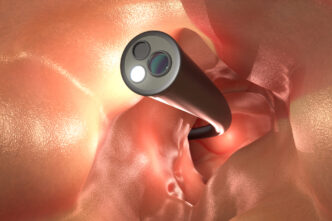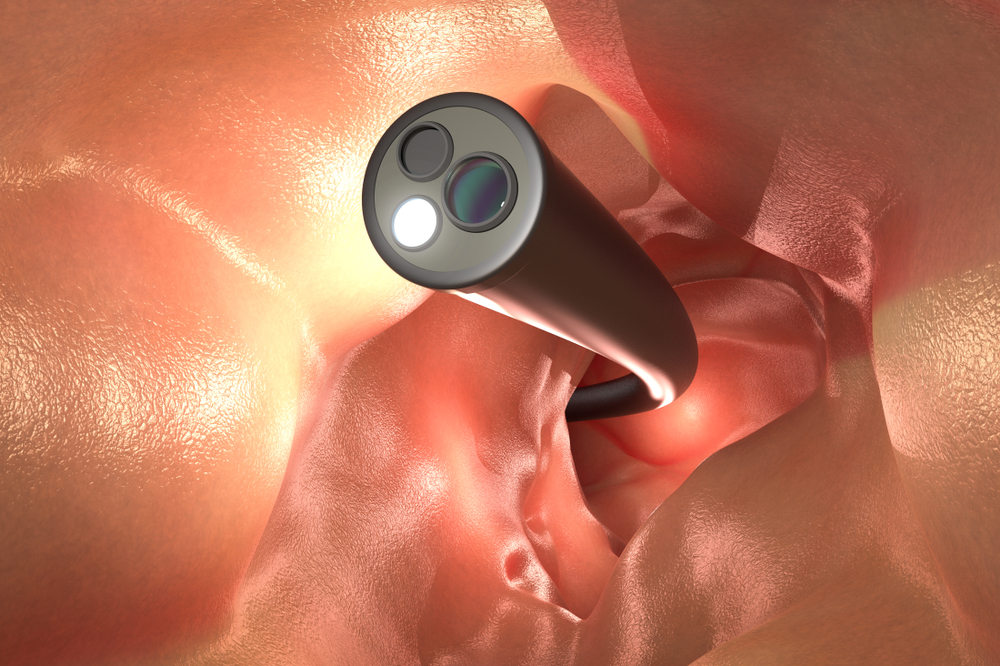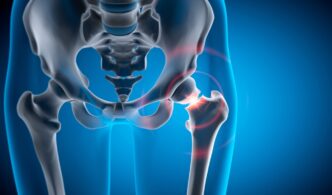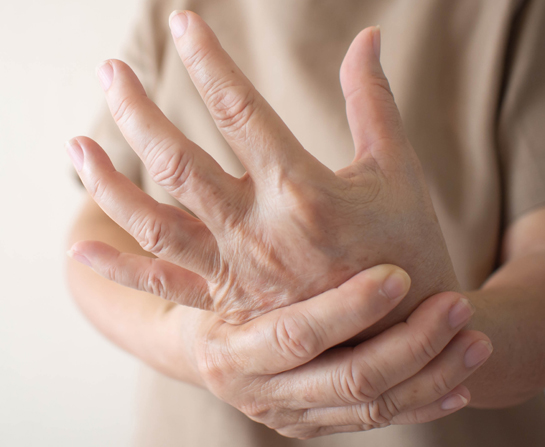In April 2020, Emily Herbert, a law student from South Dakota, rode a jet ski for the first time with her boyfriend. When the jet ski took off without warning, Emily wasn’t holding on so she flew off the back! When she regained consciousness, she was in so much pain that she could barely move.
“They did ultrasounds and MRIs before concluding that the powerful stream of water from the jet ski hit me just right, to put so much pressure and water into me, to tear my rectum, bladder, clitoris, and intestines,” she said in a TikTok video that had since gone viral.
WORDS LIM TECK CHOON
 FEATURED EXPERT FEATURED EXPERTDR LUQMAN MAZLAN Consultant Colorectal and General Surgeon Hospital Picaso |
What kind of surgery would be required for someone who experienced such severe injuries to the rectum and bladder?
Intrigued, we catch up with consultant general and colorectal surgeon Dr Luqman Mazlan for more information.
PHASE 1: DIAGNOSIS
- Diagnosis is necessary for the healthcare team to determine the extent of the injuries.
- “Diagnosis is made through clinical examination, via radiological investigations like computed tomography scan and ultrasound,” explains Dr Luqman Mazlan.
PHASE 2: SURGERY
Dr Luqman further adds that a patient with a torn bladder and/or rectum typically requires an emergency surgery called a laparotomy:
- The patient will be placed under anaesthesia.
- The abdomen is cleaned and draped to ensure that it is sterile.
- The surgeon makes a big longitudinal incision along the midline of the abdomen.
- Through this incision, the surgeon will explore the whole abdomen thoroughly.
- Once the surgeon has identified the exact location(s) of the injuries in the affected organs, they would proceed to repair the injuries with sutures.
Surgery on the Bladder
- Once the bladder has been repaired, Dr Luqman shares that a catheter will be placed inside it.
- This is to ensure that the bladder will not distend with urine until it is completely healed (about 2 to 4 weeks after the surgery).
Surgery on the Rectum
- As for the rectum, the extent of the tear has to be considered.
- Dr Luqman explains that a small tear can be directly repaired with sutures.
“However, if the injury is long or large in size, parts of the affected rectum may need to be removed, and the two remaining ends joined back together,” he says.
He adds that this procedure of joining the bowels together is called an anastomosis.
Sometimes, the Patient Would Need a Temporary Ileostomy
- According to Dr Luqman, an ileostomy is a loop of small intestine that is brought out through an opening in the abdominal wall.
- The surgeon will then suture the bowel to the skin and in the process, create an opening outside the body.
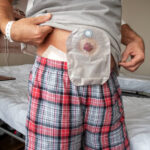
- A plastic pouch called a stoma bag will then be attached to cover the ileostomy. Once the bag is full, it can then be removed and discarded.
This procedure allows the anastomosis at the rectum to heal completely. Healing typically takes 6 to 8 weeks after surgery.
After healing is complete, a second smaller surgery is required to reverse the ileostomy. The surgeon will close the hole in the small intestine, positioning the bowel back into the abdomen and repairing the abdominal wall.
PHASE 3: POST-SURGICAL CARE
Post-surgical care refers to the follow-up care after a surgery.
It is necessary to ensure optimal recovery.
Every surgery comes with its own set of post-surgical care dos and don’ts, which can vary depending on the type of surgery and patient’s general health condition. This is no different for surgeries on the rectum and bladder.
- For patients who have an ileostomy, knowing how to care for it is especially important.
- “The patient will learn from the doctor and a specially trained nurse on how to change and clean the stoma bag,” Dr Luqman says.
- “With proper instructions and supervision, the patient shouldn’t find it too difficult to perform these tasks by themselves,” he adds.
Even with an ileostomy, the patient can still lead a relatively normal life. This includes working, exercising, and even swimming.
“Of course, some minor adjustments are needed, but it should not hinder one’s lifestyle too much,” says Dr Luqman.
| This article is part of our series on surgeries and medical innovations. |

